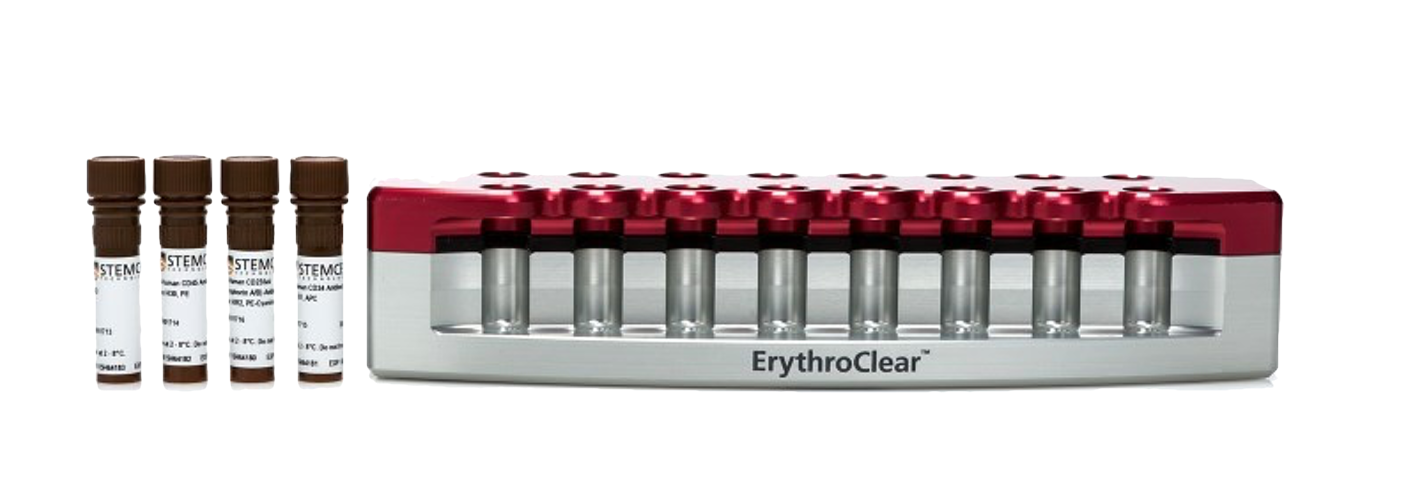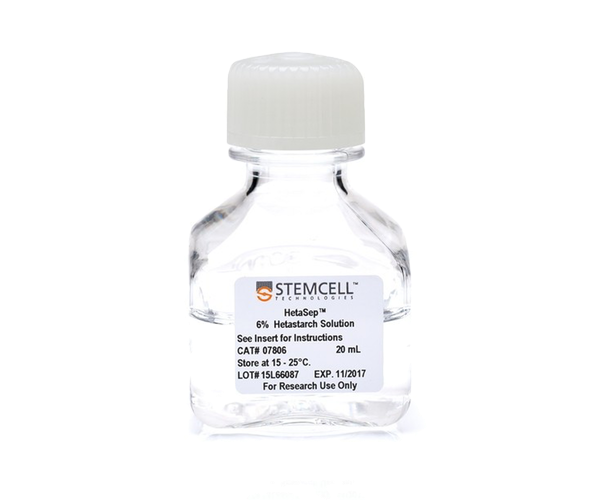Umbilical cord blood (CB) is an important source of hematopoietic stem and progenitor cells (HSPCs) for clinical transplantation. The numbers of HSPCs in individual CB units are usually limited and can vary significantly between units. Cell processing and cryopreservation can also adversely affect the number and quality of viable stem and progenitor cells. For these reasons, it is critical to determine the HSPC content of CB units using assays to measure CB unit “potency”.Red blood cell (RBC) depletion is a critical component of sample preparation for colony-forming unit (CFU) assays of fresh blood (Cord Blood or Pereferal Blood).
The removal of red blood cells (RBCs) from samples to be tested is recommended as their presence increases background in these potency assays and may lead to an inaccurate assessment of a CB unit.
RBCs depletion minimizes background in assay plates and ensures that hematopoietic colonies can be counted accurately, whether manually using an inverted microscope or automatically using STEMvision™. RBCs must be depleted from whole fresh unprocessed blood (i.e. cord blood or peripheral blood), buffy coat fractions of fresh blood, mononuclear cells prepared by density centrifugation and blood processed using automated cell separation devices.
Typical methods for depleting RBCs from small samples, such as segments attached to the main CB unit, include immunomagnetic depletion, sedimentation, or ammonium chloride lysis.



